Dive into the world of Xiangqi, a chess game that masterfully blends the epic saga of the Three Kingdoms with diverse gameplay modes. Whether you're looking to conquer all levels, challenge legendary heroes, or swiftly master the chess endgame, Xiangqi offers a rich experience. Originating in China, this two-player confrontation game boasts a long history and has captivated players worldwide due to its simple yet engaging gameplay.
Chessmen
Xiangqi features thirty-two chess pieces, evenly split into red and black teams, each comprising sixteen pieces categorized into seven types. Here's a breakdown:
- Red Chess Pieces: One handsome, two rooks, two horses, two cannons, two phases, two shis, and five soldiers.
- Black Chess Pieces: One general, two horses, two cannons, two elephants, two advisors, and five pawns.
Handsome/General
The red side's "handsome" and the black side's "general" are the leaders in Xiangqi, serving as the primary targets. They are restricted to movement within the "nine palaces," moving one square at a time either vertically or horizontally. A crucial rule is that the handsome and general cannot face each other directly along the same vertical line, as this results in an immediate loss for the moving player.
Advisors/Taxis
The red "shi" and black "advisor" are confined to the nine palaces and move diagonally within this area, one square at a time.
Elephants/Phases
The red "phase" and black "elephant" move diagonally two squares at a time, known as "flying fields." Their movement is limited to their respective sides of the "river," and they cannot cross it. If a piece occupies the center of the "field" they intend to traverse, they are blocked, a scenario known as "plugging the elephant's eye."
Rook/Car
The rook, or "car," is the most powerful piece in Xiangqi, moving any number of squares along ranks or files, unrestricted by other pieces. This ability to control up to seventeen points has earned it the nickname "one car equals ten children."
Cannon
The cannon moves like the rook when not capturing but must jump over exactly one piece to capture another, a move referred to as "shelling the partition" or "over the mountain."
Horse
The horse moves in an "L" shape, known as "walking the day," covering up to eight points around it. However, if another piece blocks its path, the horse cannot make the move, a situation called "tripping the horse's leg."
Soldiers/Pawns
The red "soldier" and black "pawn" move forward one square at a time and cannot retreat. Before crossing the river, they are limited to forward movement, but afterward, they gain the ability to move laterally, significantly enhancing their power, leading to the saying "small pawns crossing the river can challenge the rook."
In Xiangqi, players alternate turns, embodying the strategic principles of Sun Tzu's "Art of War," aiming to checkmate or trap the opponent's general or handsome. The game begins with the red side, and players continue taking turns until a win, loss, or draw is determined. Through the intricate interplay of attack and defense, as well as the balance of feints and real threats, players enhance their strategic thinking and tactical acumen.

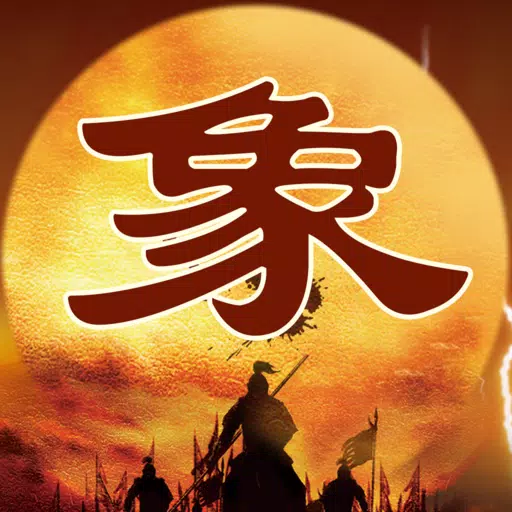
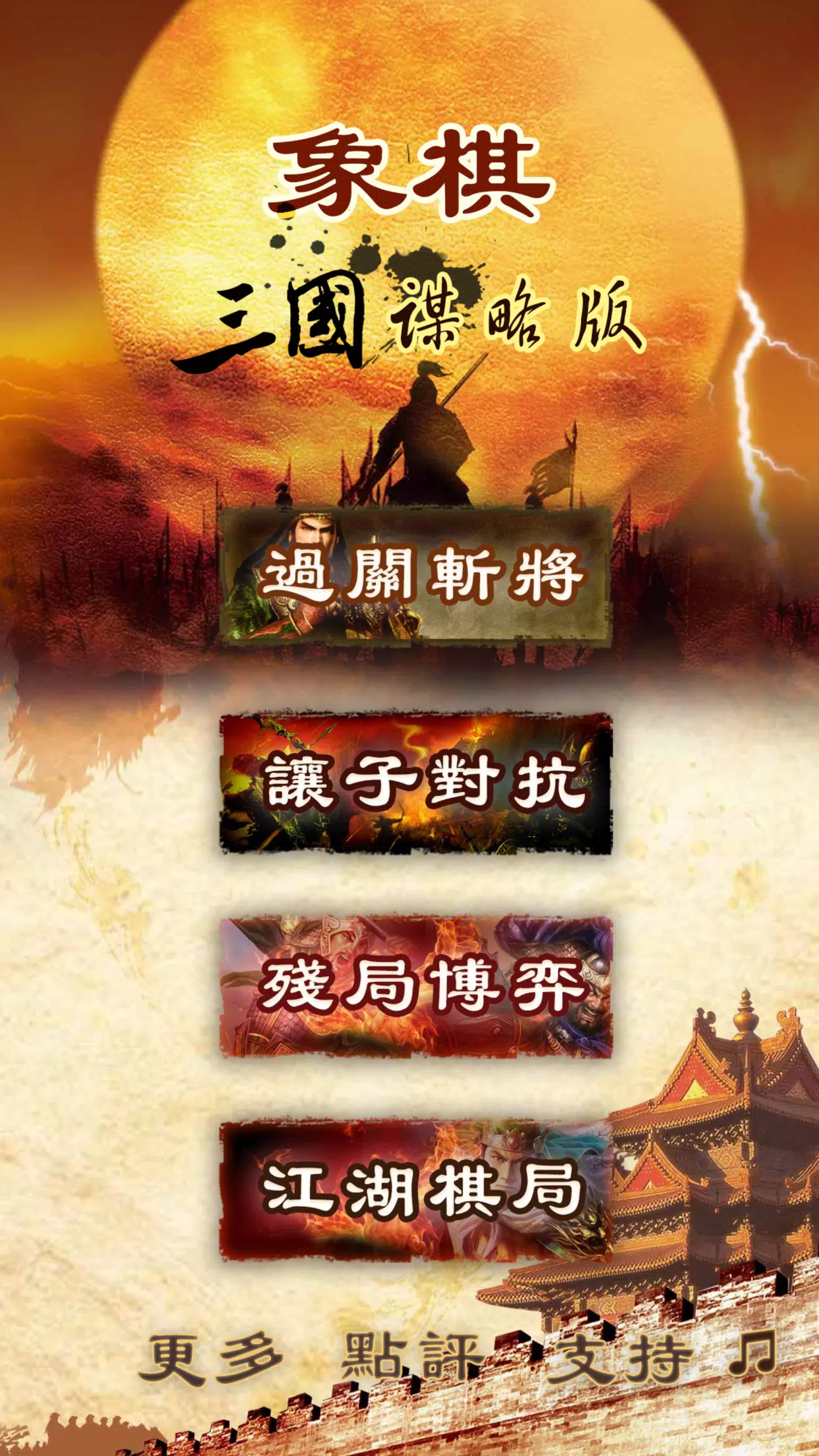
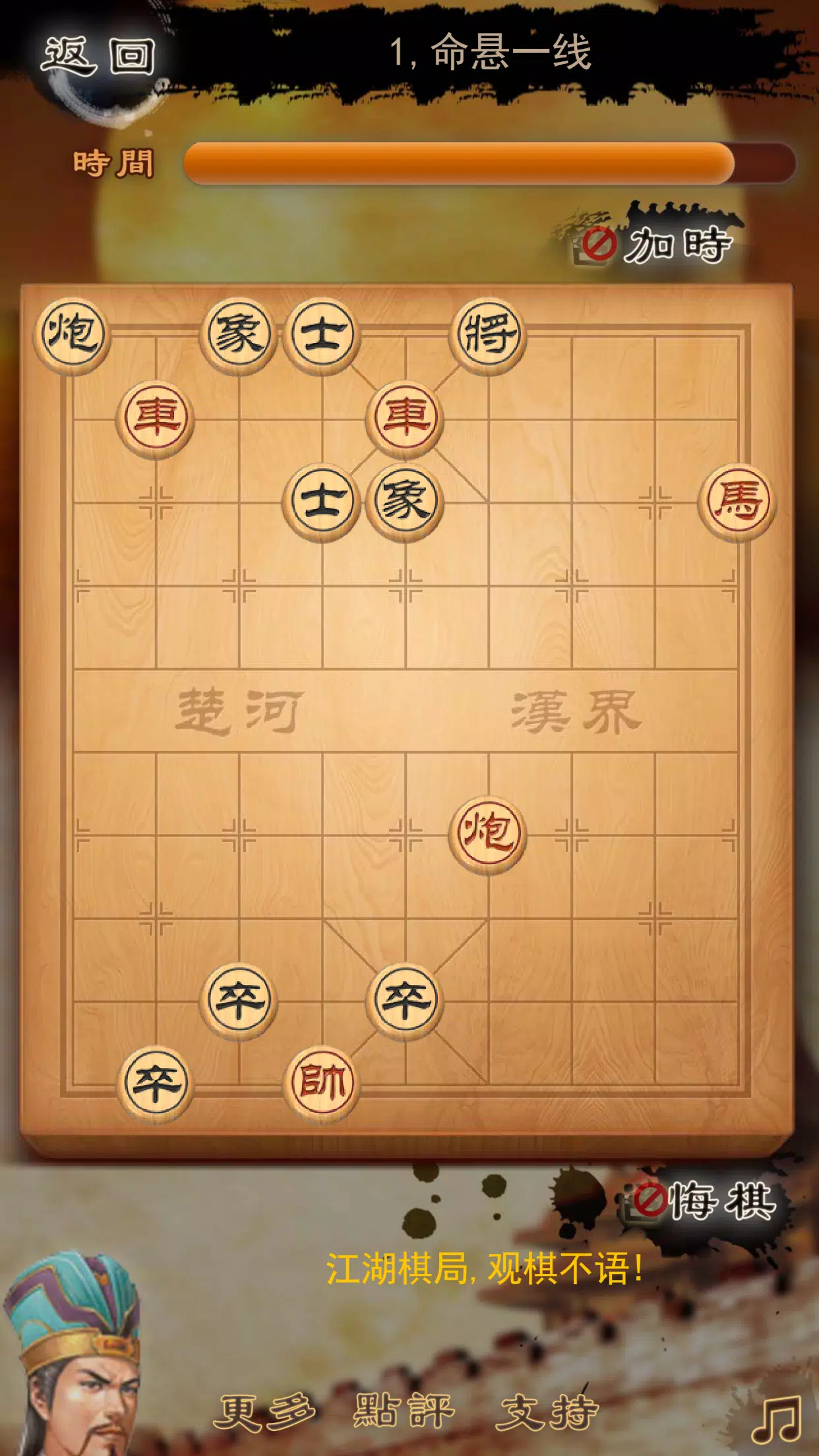
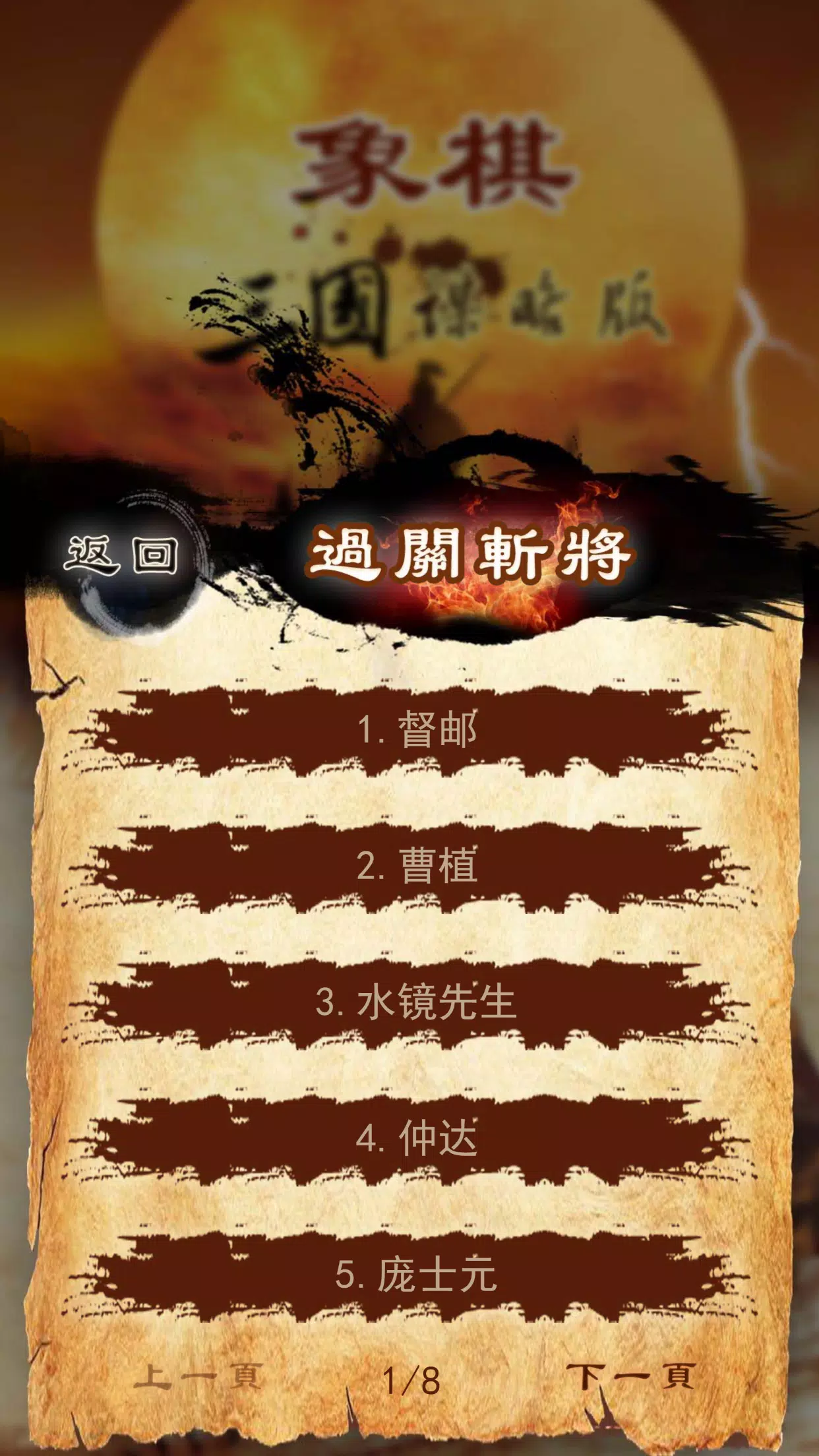
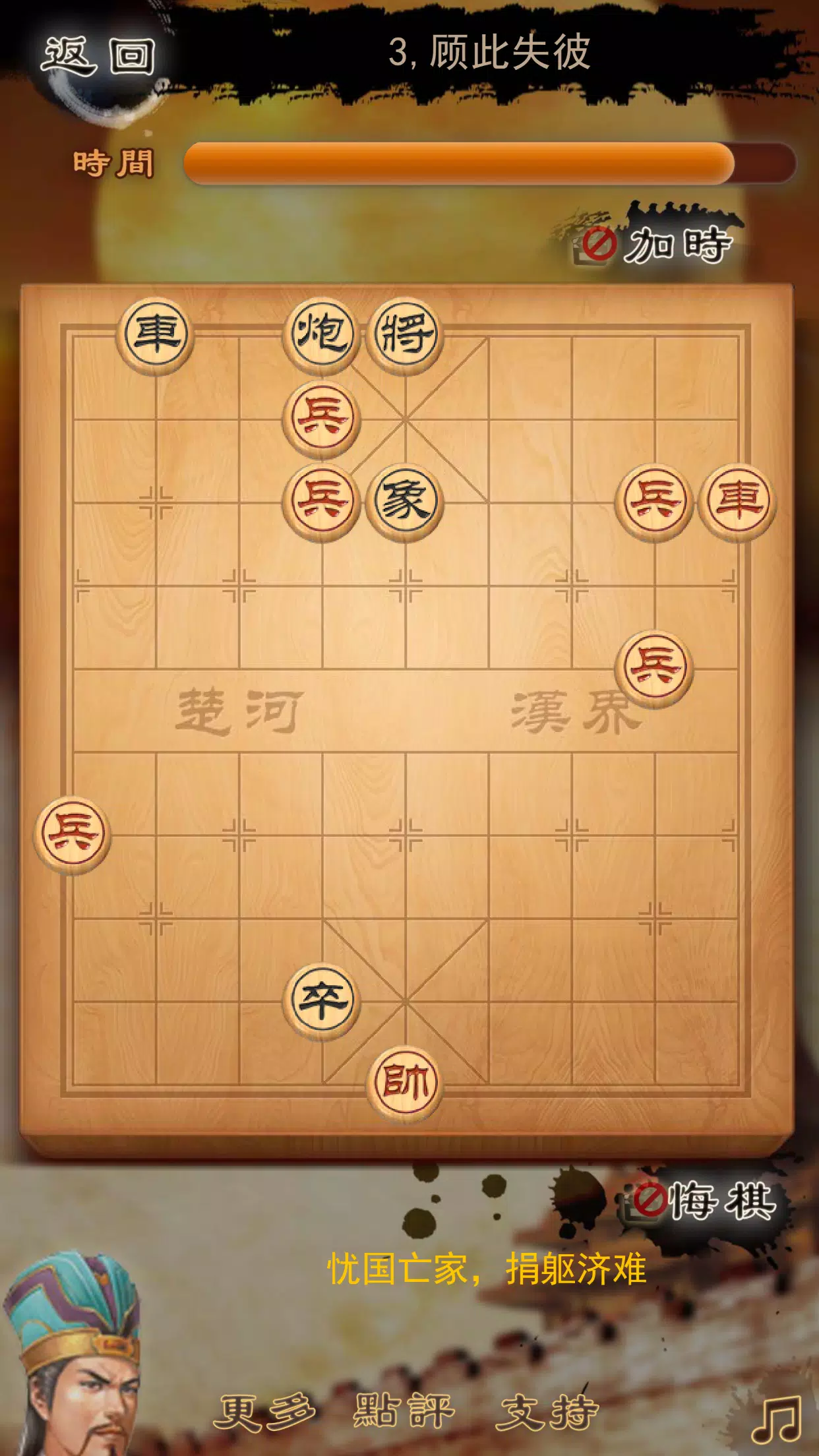


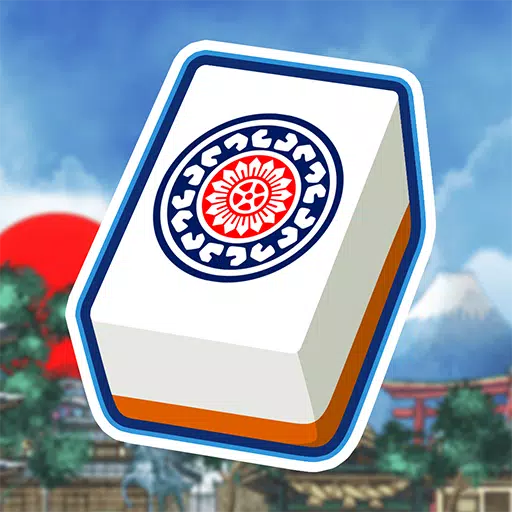

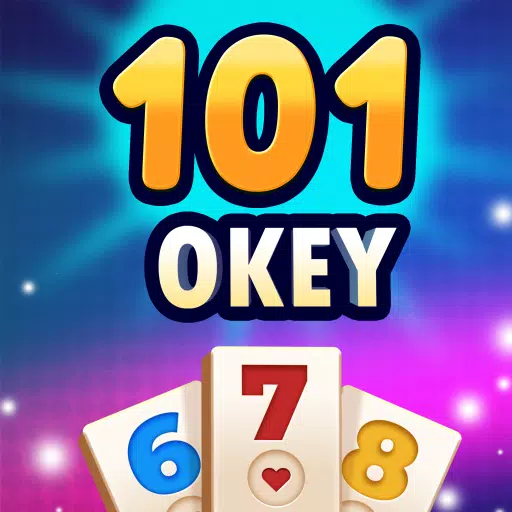
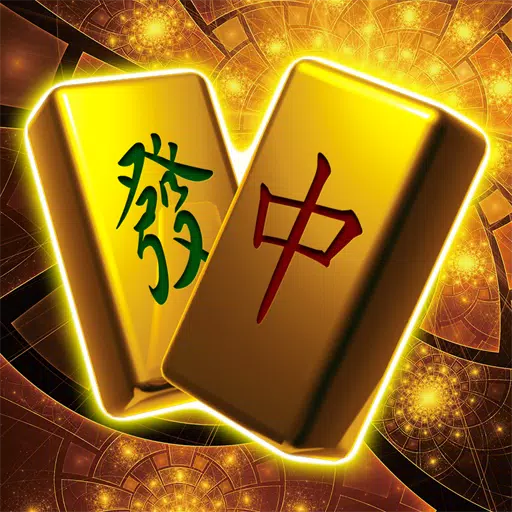

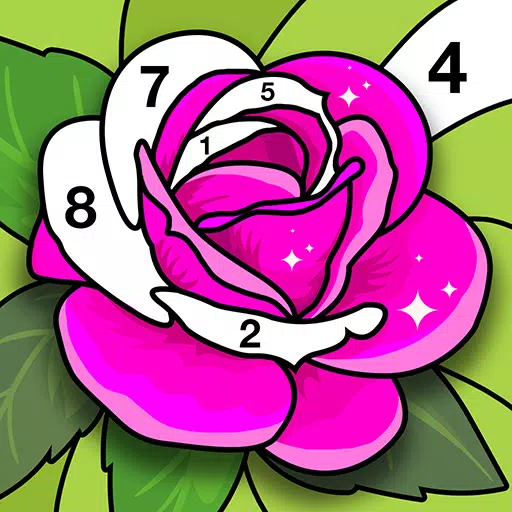


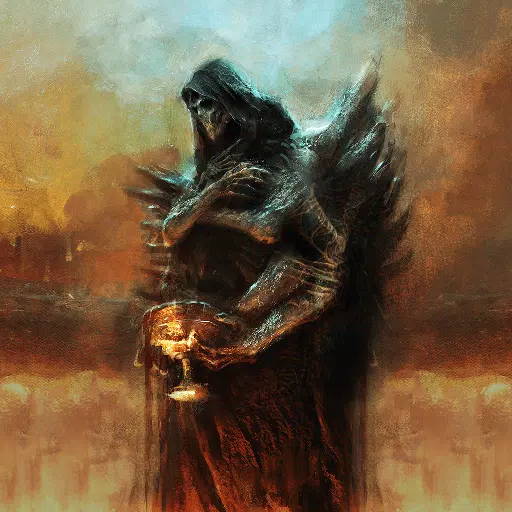






![Chubby Story [v1.4.2] (Localizations)](https://images.737c.com/uploads/85/1719638042667f981a5e9f8.jpg)

